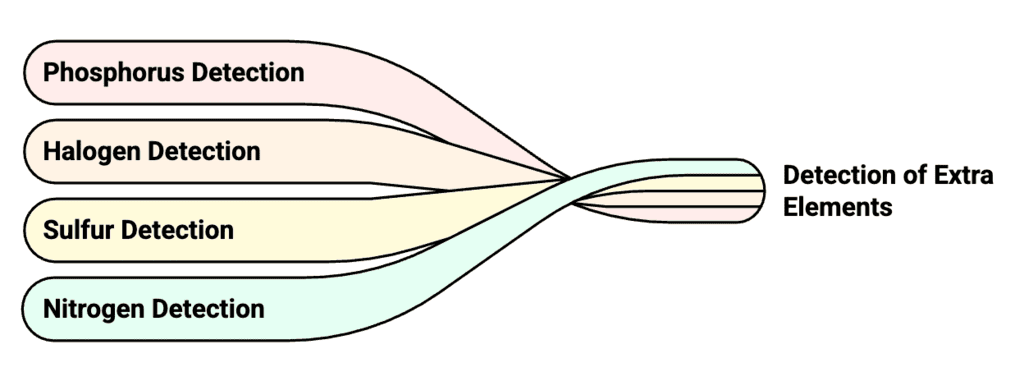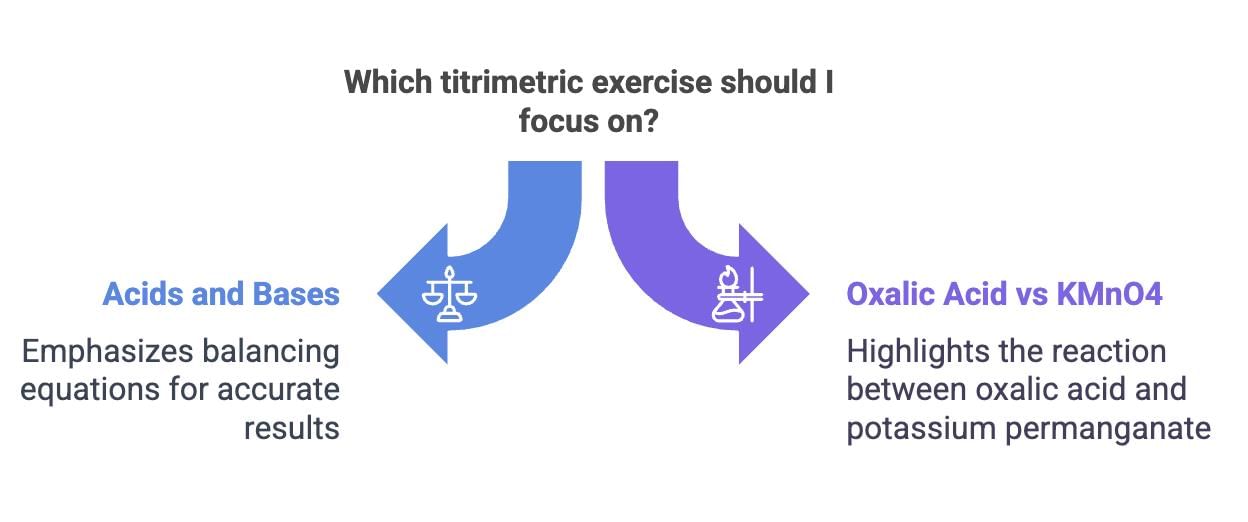Mnemonics: Principles Related to Practical Chemistry | Chemistry Class 12 - NEET PDF Download
Detection of Extra Elements in Organic Compounds
A. Nitrogen
Mnemonic: "Nifty Nitrogen Needs Sodium"
Explanation: Detection of nitrogen using sodium nitroprusside.
B. Sulfur
Mnemonic: "Sulfur Shines with Lead"
Explanation: Sulfur detection using lead acetate paper.
C. Halogens
Mnemonic: "Halogens Have Silver Nitrate"
Explanation: Halogen detection using silver nitrate.
D. Phosphorus
Mnemonic: "Phosphorus Prepares with Ammonium"
Explanation: Phosphorus detection using ammonium molybdate.

Functional Groups in Organic Compounds
A. Hydroxyl Group (Alcoholic and Phenolic)
Mnemonic: "Hot Sodium, Cold Iron"
Explanation:
Alcoholic: Test with sodium.
Phenolic: Test with ferric chloride.
B. Carboxyl Group
Mnemonic: "Soda Bicycle Release CO2"
Explanation: Reaction with sodium bicarbonate releases carbon dioxide (CO2).
C. Amino Group
Mnemonic: "Almonds Niifts Ninhydrin"
Explanation: Detection of amino group using the ninhydrin test (turns blue/purple).
Titrimetric Exercises
A. Acids and Bases
Mnemonic: "Always Balance, End Strong"
Explanation: Always balance equations in acid-base titrations.
B. Oxalic Acid vs KMnO4
Mnemonic: "Ox Mohr Powers Potassium"
Explanation: Oxalic acid reacts with potassium permanganate.

|
75 videos|349 docs|78 tests
|
FAQs on Mnemonics: Principles Related to Practical Chemistry - Chemistry Class 12 - NEET
| 1. What are the common methods for detecting extra elements in organic compounds? |  |
| 2. What are the major functional groups in organic compounds? |  |
| 3. What chemistry principles are involved in the preparation of organic compounds? |  |
| 4. How do the preparation methods for inorganic compounds differ from those of organic compounds? |  |
| 5. What are some mnemonics to remember principles related to practical chemistry for NEET? |  |





















